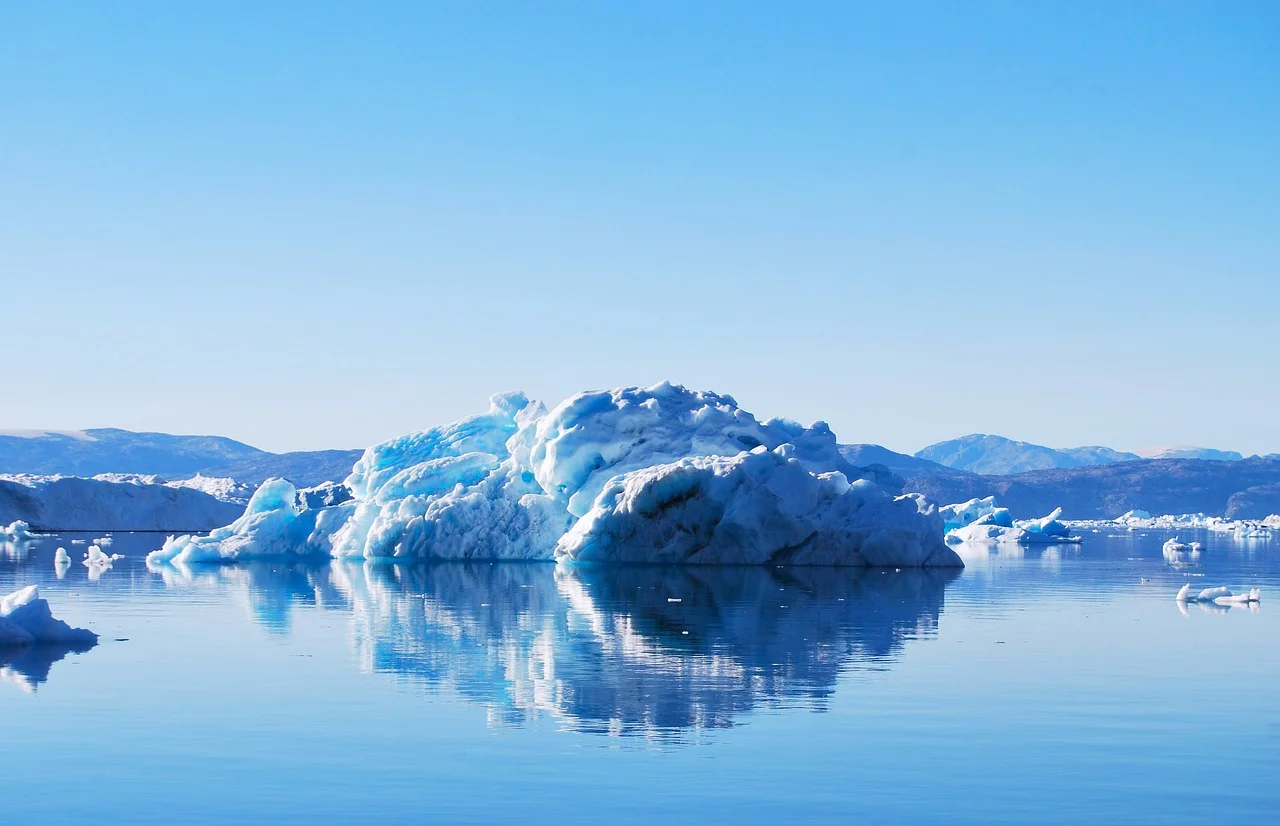According to the report, glaciers in the Himalayan Hindu Kush mountain range are melting at an unprecedented rate and could lose up to 80% of their volume this century if greenhouse gas emissions are not drastically reduced. A report released Tuesday by the Kathmandu-based International Center for Integrated Mountain Development warned that flash floods and avalanches will increase in the coming years, and the availability of freshwater will affect nearly 2 billion people living downstream of the 12 rivers of origin. in the mountains
The ice and snow of the Himalayan Hindu Kush mountain ranges are an important source of water for these rivers, which run through 16 countries in Asia and provide fresh water to 240 million people in the mountains and 1.65 billion people downstream.
“People who live in these mountains and contribute almost nothing to global warming are at high risk for climate change,” said Amina Maharjan, a migration expert and co-author of the report. “Current adaptation efforts are completely inadequate and we are extremely concerned that these communities will not be able to cope without further support.”
Various previous reports have found that the cryosphere – regions of Earth covered in snow and ice – are among those most affected by climate change. Recent research has shown, for example, that glaciers on Mount Everest have lost 2,000 years of ice in the past 30 years alone.
“For the first time, we have mapped the connections between cryosphere exchange and water, ecosystems and society in this mountainous region,” Maharjan said. Said.
Key findings from Tuesday’s report include that Himalayan glaciers have disappeared 65% faster since 2010 than in the previous decade, and that shrinking snow cover due to global warming will lead to less fresh water for people living downstream. The study revealed that 200 glacial lakes in these mountains are considered dangerous, and by the end of the century the region could see a significant increase in flooding from glacial lakes.
The study found that climate change is affecting communities in mountainous regions far more than in many other parts of the world. The report says the changes caused by global warming in glaciers, snow and frozen soil in the Himalayan Hindu Kush region are “unprecedented and largely irreversible”.
The consequences of climate change are sometimes felt strongly by Himalayan communities. Earlier this year, the Indian mountain town of Joshimath began to sink, and its inhabitants had to relocate within days.
“Once the ice in these regions melts, it’s very difficult to restore it to its frozen state,” said Pam Pearson, director of the International Cryospheric Climate Initiative, who was not involved in the report.
He added: “It looks like a big ship in the ocean. Once the ice starts to move, it’s very difficult to stop it. So when the glaciers, especially the big glaciers in the Himalayas, start to lose mass, it will go on for a long time.” It will take a very long time for it to stabilize.” Pearson said limiting warming to 1.5 degrees Celsius, as agreed at the 2015 Paris climate conference, is critical for Earth’s snow, permafrost and ice.
“I think most politicians don’t take the target seriously, but there are already irreversible changes happening in the cryosphere,” he said. Source













